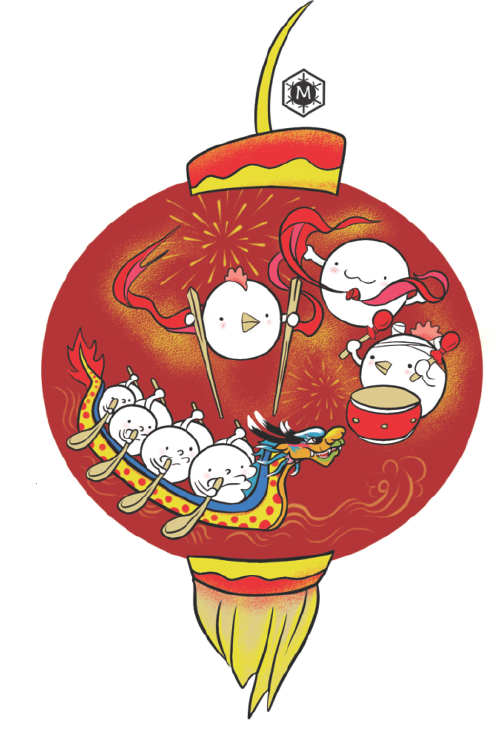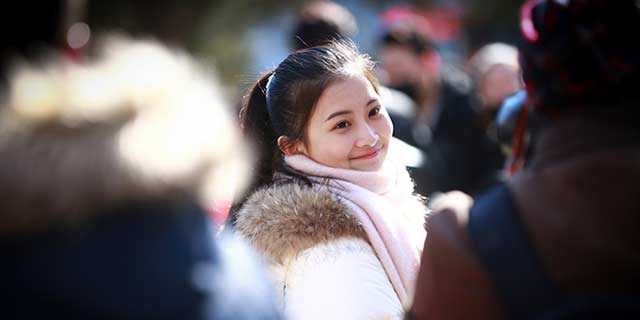Belittle not the humble glutinous rice ball
 |
|
MA XUEJING/CHINA DAILY |
North and South China are distinguished not only by geography and weather, but also by the way people there prepare their food. Northerners cannot understand how jellied bean curd can be sweet, just as southerners cannot fathom why rice dumplings have to be anything but salty.
Among the many traditional Chinese foods, the glutinous rice ball is one that doesn't differ much in North and South China. In the north, it is made with sweet filling and cooked in boiling water and called yuanxiao. In the south, it is made like dumpling and called tangyuan. This means northerners and southerners agree glutinous rice balls should be sweet, though in some parts of South China people prefer salty ones.
The size of glutinous rice balls can be anything between a quail's egg and a ping-pong ball, and they are not difficult to make. Yet the small balls have a history of more than 2,000 years.
The traditional filling for yuanxiao is made from sesame, peanuts, sugar and animal fat. Sesame came to China via the Silk Road from Central Asia during the Han Dynasty (202BC-220), and peanut reached the country via the Maritime Silk Road from the Philippines during the Ming Dynasty (1368-1644). So when you bite into a glutinous rice ball, you essentially bite into history.
Lantern Festival, which falls on the 15th day of the first month of a lunar year-which sees the year's first full moon-is actually named after yuanxiao and is called Yuanxiao Festival in Chinese. Yuan means round or full, and xiao night. And by eating yuanxiao on the first full-moon night of the year, people hope their life will be full of sweetness and joy.
Starting from the Tang Dynasty (618-907), some Chinese emperors tended to celebrate Lantern Festival with civilians to profess the unity of the country. During the Tang Dynasty and Song Dynasty (960-1279) when Lantern Festival celebrations reached their peak, the imperial courts organized large-scale lantern shows for several days, and even lifted the routine curfews. As a result, the festival looked like a Chinese-style carnival with people enjoying lantern shows, dragon and lion dances, and folk performances, as well as setting off fireworks.
Lantern Festival is also important because all major tasks of Spring Festival should be finished before celebrating it: worshipping ancestors, giving gifts, exchanging new year greetings and visiting relatives. That Lantern Festival is celebrated in a more relaxed atmosphere when people do not necessarily have to attend to or please others makes yuanxiao an ideal and refreshing food for the occasion. Yuanxiao may taste oily and sweet, but it is not junk food. It may be a nightmare for dyspeptic people, though.
Being perhaps the only common preparation on the dining tables across the country during Lantern Festival, yuanxiao has come to signify unity, liberty, and detachment from mundane chores and ceremonial formalities.
Over the years, many festival customs have changed in China, but eating yuanxiao on the first full-moon night of a lunar year remains an exception. And the taste of the glutinous rice ball has largely remained unchanged, thanks to its 2,000-year-old history.
The author is a writer with China Daily.
liyang@chinadaily.com.cn
















